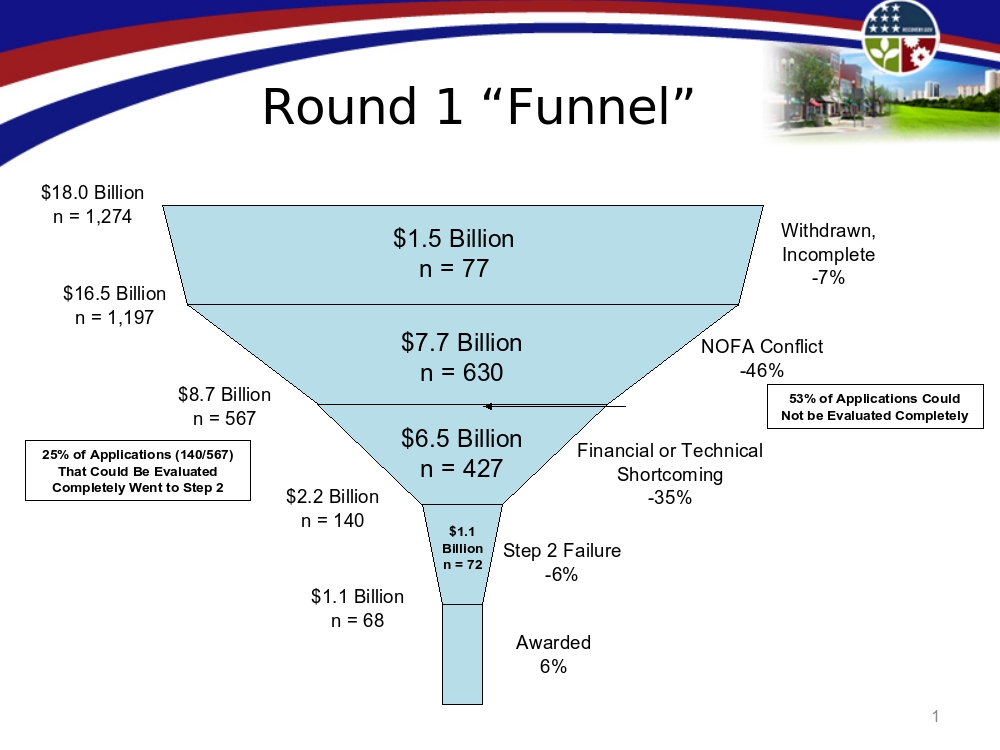It’s time to look past the stimulus program, and re-adjust community broadband planning assumptions. The National Telecommunications and Information Administration’s (NTIA) Broadband Technology Opportunities Program (BTOP) and the Rural Utilities Service’s (RUS) Broadband Initiatives Program (BIP) encouraged local groups to roll themselves up into regional alliances and propose magnificent projects that would meet any conceivable need and serve every user imaginable.
It made sense, because that’s where the money was. NTIA and RUS made some dreams real in the first round last year, and are on track to fulfill a few more fantasies in the second round. But even though BTOP is reopening for what amounts to a stunted, public-safety focused third round, the good times are over and we have to return to the old normal.
It’s a world where the free money is mostly gone. Once the BTOP money is spent, NTIA goes back to being a small agency running small programs. In rural areas, RUS and state programs, like the California Advanced Services Fund (CASF), will provide grants and loans to organizations with a qualifying track record and, in some cases, enough cash to fund half or more of proposed projects themselves.

Adelstein and RUS general
field representative Harry Hutson showed
CETF conference attendees in Redding
how the first round BIP money went
down the spoutRUS won’t fund projects that compete with their existing loan portfolio, however. Speaking to the California Emerging Technologies Fund’s third annual Rural Connections workshop in Redding this week, RUS administrator Jonathan Adelstein made it clear that the agency will give priority to organizations that it already funds, and won’t subsidize competing projects.
CASF expects it will continue to fund new broadband projects in California, but only in areas where AT&T, Verizon and the cable companies fail to upgrade infrastructure. A few arguable urban pockets aside, it’s the remote rural regions that have a shot.
Elsewhere, community broadband advocates will have to go back to the basics. Tried and true economic development strategies, like public-private partnerships, tax breaks and other incentives, and old fashioned salesmanship, will be effective. But only where public agencies and community advocates can present a focused and well documented business case and be flexible enough to accept that private capital comes with its own priorities.
The old normal is a world where subscriber metrics, return on investment and anchor tenants trump grand visions, sad stories and political grease. Painstaking determination and hard work count again, though. That’s a world worth calling home.
